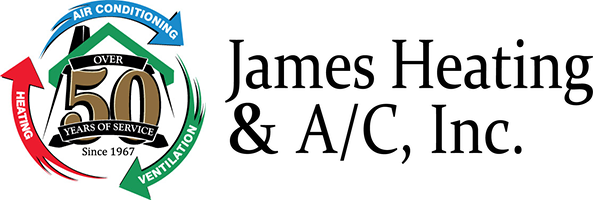A lot of homeowners only call for air conditioning repair when their system breaks down. However, the reality is your air conditioner will often drop hints letting you know it’s in trouble before a complete breakdown that results in new AC installation. Recognizing the symptoms and calling the experts at James Heating & A/C, Inc to address issues early can help you avoid the hassle and expense of a full AC system breakdown. More importantly, it can stop you from having to endure the uncomfortable feeling of having your AC fail on a hot day.
When you call us, our team of skilled HVAC technicians will pinpoint what’s wrong, make the necessary repairs and restore your comfort fast. We have extensive expertise and provide top-tier, affordable AC service for local homeowners.
Why put off calling the pros until your cooling system breaks down? Skip all that hassle by calling today to schedule AC repair in Lexington, NC, from James Heating & A/C, Inc.
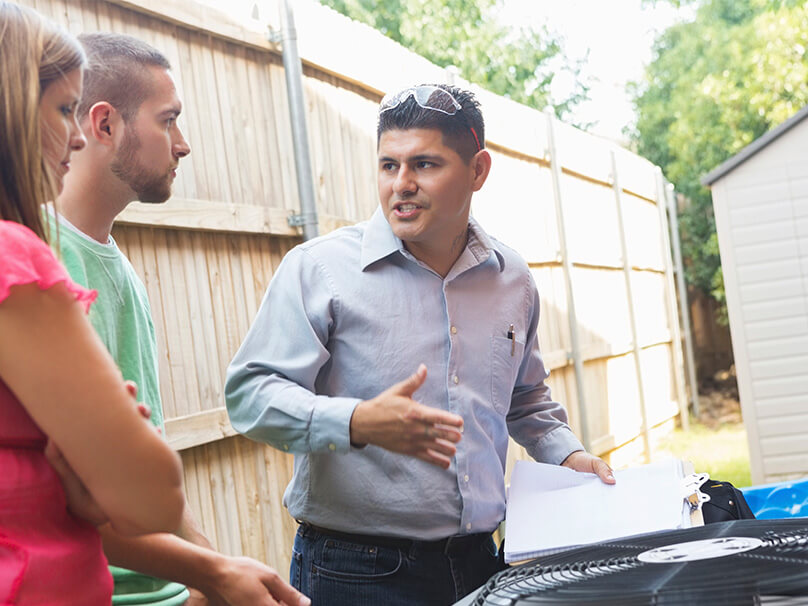
Warnings Signs You Need AC Repair
How can you tell if your air conditioner needs repair? From a stinky smell to no cold air coming from the vents, there are many symptoms that your cooling system has a problem and needs diagnosis and repair.
Here are some warning signs that trouble may be around the corner and it’s time to call an HVAC technician from James Heating & A/C, Inc:
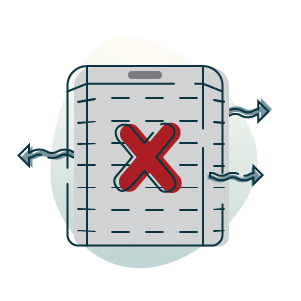
AC blows warm air instead of cold
If heated air is flowing out of your AC unit instead of cool air, or if the air isn’t as cool as it should be, it’s a smart move to call us for professional cooling service.
Air conditioning frequently turns on and off
If your AC system turns on and off instead of completing its normal cycle, it could be a symptom of underlying trouble and should be evaluated by one of our certified HVAC technicians.
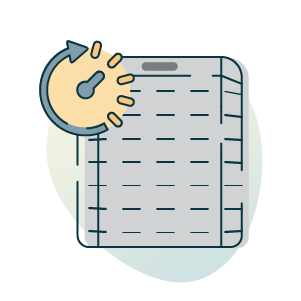
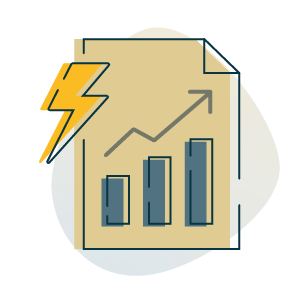
Home energy bills spike for seemingly no reason
A big jump in your energy costs can be an indicator your AC unit is losing efficiency, which means it uses more energy to maintain a comfortable indoor temperature and needs AC maintenance or repair.
Unusual odors are coming from your AC
Air conditioners shouldn’t produce odors. Unusual odors coming from your air conditioner should be checked by an expert, as they can be a sign of problems like mold, mildew or even electrical issues.
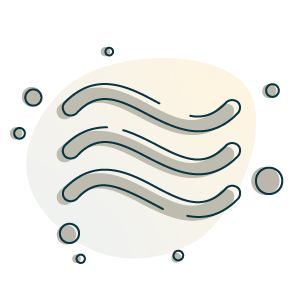

AC makes loud noises when it runs
If you hear odd noises when your air conditioning is running — clanking, scraping or squealing, to name just a few — it’s important to call for professional HVAC service to get to the bottom of the issue.
Request Pro Air Conditioner Repair Today
When you require air conditioning service without delay, reach the HVAC repair professionals at James Heating & A/C, Inc. We’ll speedily identify the problem when your AC won’t start or deliver enough cool air.
